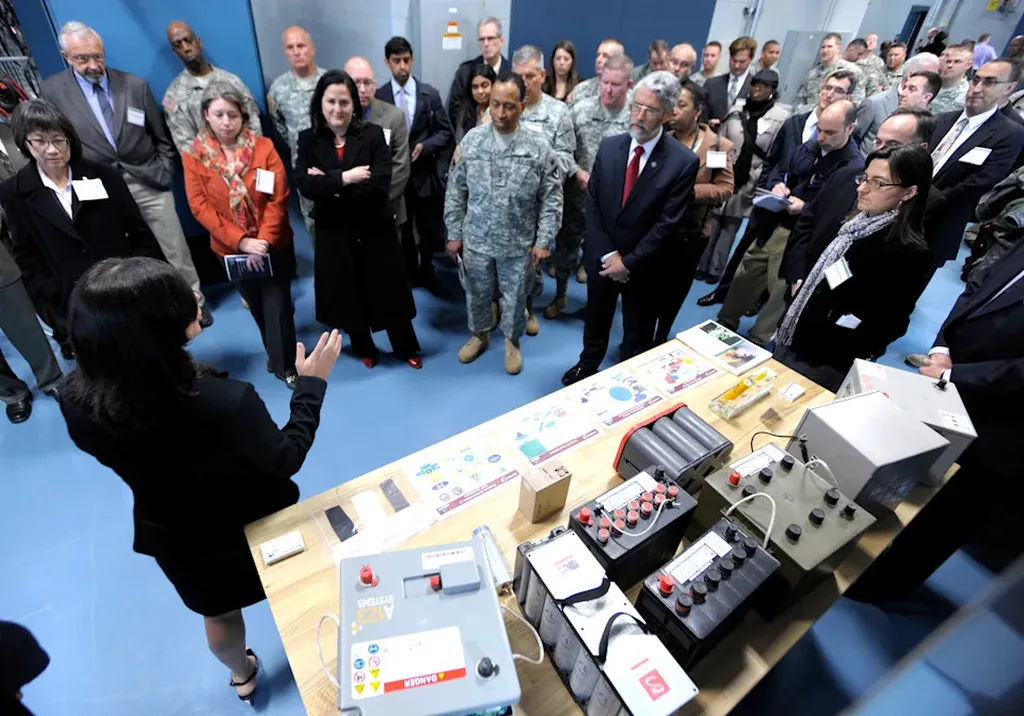In the realm of medical technology and energy applications, a team of researchers from the U.S. Army Combat Capabilities Development Command Army Research Laboratory has developed a promising tool for burn assessment that could have significant implications for both military and civilian healthcare, as well as energy industry safety protocols. The team, led by Nathaniel Hanson, includes Mateusz Wolak, Jonathan Richardson, Patrick Walker, David M. Burmeister, and Chakameh Jafari, who have collectively pioneered a multimodal optical imaging platform aimed at providing rapid and accurate burn severity evaluations.
The research, published in the journal Nature Communications, addresses a critical gap in current medical practices: the lack of objective methods for detecting subsurface tissue damage in burn injuries. This limitation is particularly acute in high-stakes environments such as battlefields or mass-casualty incidents, where swift and reliable assessment of burn depth is crucial for effective triage and surgical decision-making. The team’s innovative solution integrates broadband hyperspectral imaging with laser speckle contrast imaging to offer a comprehensive evaluation of both biochemical composition and microvascular perfusion in damaged tissues.
The imaging system employs short-wave infrared (SWIR) wavelengths, ranging from 1000 to 2100 nm, to identify and quantify key biomarkers such as water, lipid, and collagen absorption features. These biomarkers are critical indicators of burn severity and tissue viability. By analyzing these features, the system can enhance the separability of burn tissues from healthy tissues, thereby improving the accuracy of burn severity classification. The researchers have validated their approach using unsupervised learning methods, which allow for spectral feature extraction, band down-selection, and clustering against histological data. This data-driven approach lays the groundwork for a rugged, field-deployable device that can provide early and quantitative burn evaluations in challenging environments.
For the energy industry, the implications of this technology are substantial. In sectors such as oil and gas, chemical manufacturing, and power generation, where workers are at risk of thermal injuries, rapid and accurate burn assessment tools can significantly enhance safety protocols. The ability to quickly determine the severity of burns can streamline medical responses, reduce the risk of infection, and improve overall patient outcomes. Additionally, the compact and low-size, weight, and power (low-SWaP) design of the device makes it suitable for deployment in remote or hazardous locations, ensuring that critical medical evaluations can be conducted even in the most demanding conditions.
The research team’s work represents a significant advancement in the field of medical imaging and has the potential to revolutionize burn care in both military and civilian settings. By providing a reliable and objective method for assessing burn severity, this technology can enhance the efficiency and effectiveness of triage and treatment protocols, ultimately saving lives and improving patient outcomes. For the energy industry, the adoption of such advanced imaging tools can contribute to a safer and more responsive workplace, ensuring that workers receive the best possible care in the event of thermal injuries.
This article is based on research available at arXiv.

